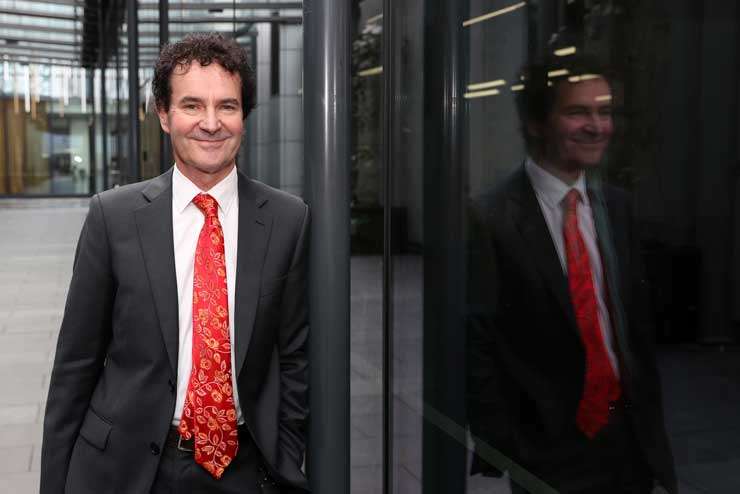ANALYSIS: The Reserve Bank has raised the Official Cash Rate 0.5 percentage points to 2%, which was exactly as most of us in the economics sphere were expecting. What we were not expecting, however, was a shift in the Reserve Bank’s stance away from simply removing stimulus and applying some restraint towards a new policy of “least regrets”.
This policy first came into play when the pandemic started and centred on deliberately loosening monetary conditions so much as to risk causing excessive inflation down the track. This was considered a better risk to take than not easing enough then regretting doing so as the economy weakened tremendously.
Now the policy of least regrets means the opposite. The Reserve Bank has stated that it feels it is better to take the risk of over-restraining the economy by raising interest rates too far too quickly and causing deep economic weakness than to not do so and risk high inflation becoming entrenched.
Start your property search
Such is the life of us forecasters. We might be able to analyse the economy, but knowing what approach the central bank will choose to take is a rare thing. What does the new least regrets policy mean?
First, the Official Cash Rate is now seen reaching a peak of 3.9% rather than 3.4%. Second, that peak is now scheduled to arrive in the middle of 2023 and not mid-2024. The Reserve Bank wants to get interest rates to firmly restraining levels as quickly as possible and that means we should expect some more 0.5% rises this year.
What does this mean for mortgage interest rates? They will go higher, more quickly, than previously thought. But because I can see signs that the pace of growth in our economy is already falling away firmly – most notably for household spending – I don’t feel the Reserve Bank will ultimately have to take their cash rate to 3.9%. I’m picking a peak of 3.5%.
That implies that for the likes of the 2-5 year fixed mortgage rates some further rises of 0.5% - 1.0% from current levels are likely in the coming year. For the one year fixed rate rises of 1.0% - 1.5% look likely. And for floating mortgage rates a peak near 7% looks likely.

Independent economist Tony Alexander: “We should expect some more 0.5% rises this year.” Photo / Fiona Goodall
The extra restraint on the housing market means we should think more now in terms of prices falling 10%-15% on average rather than “around” 10%. But it pays to note that there are some things still set to limit the extent to which prices pull back from the silly levels reached late last year.
Specifically, the Reserve Bank noted that pressure on housing supply is set to worsen because delays and rising financial risks for builders will limit the conversion of permits to actual construction and this will exacerbate pressures on house supply. Rising construction costs will also provide somewhat of an underpinning to average house prices.
Could the additional backing away of buyers from the housing market as a result of more rapid monetary policy tightening cause “bargains” to appear? Probably not. To get deep, panicked discounting of house prices you need distressed sellers facing no choice other than to sell as quickly as possible.
But with a tight labour market and high job security, that dynamic will be weak. Some buyers in 2021 will definitely face debt servicing stress as their mortgage rates jump from below 2.5% to 5.5%+. But the numbers who feel they have to sell will be low and it is more that retailers and the hospitality sector will suffer more as spending outside debt servicing is more radically reined in.
- Tony Alexander is an economics commentator and former chief economist for BNZ. Additional commentary from him can be found at www.tonyalexander.nz









































































